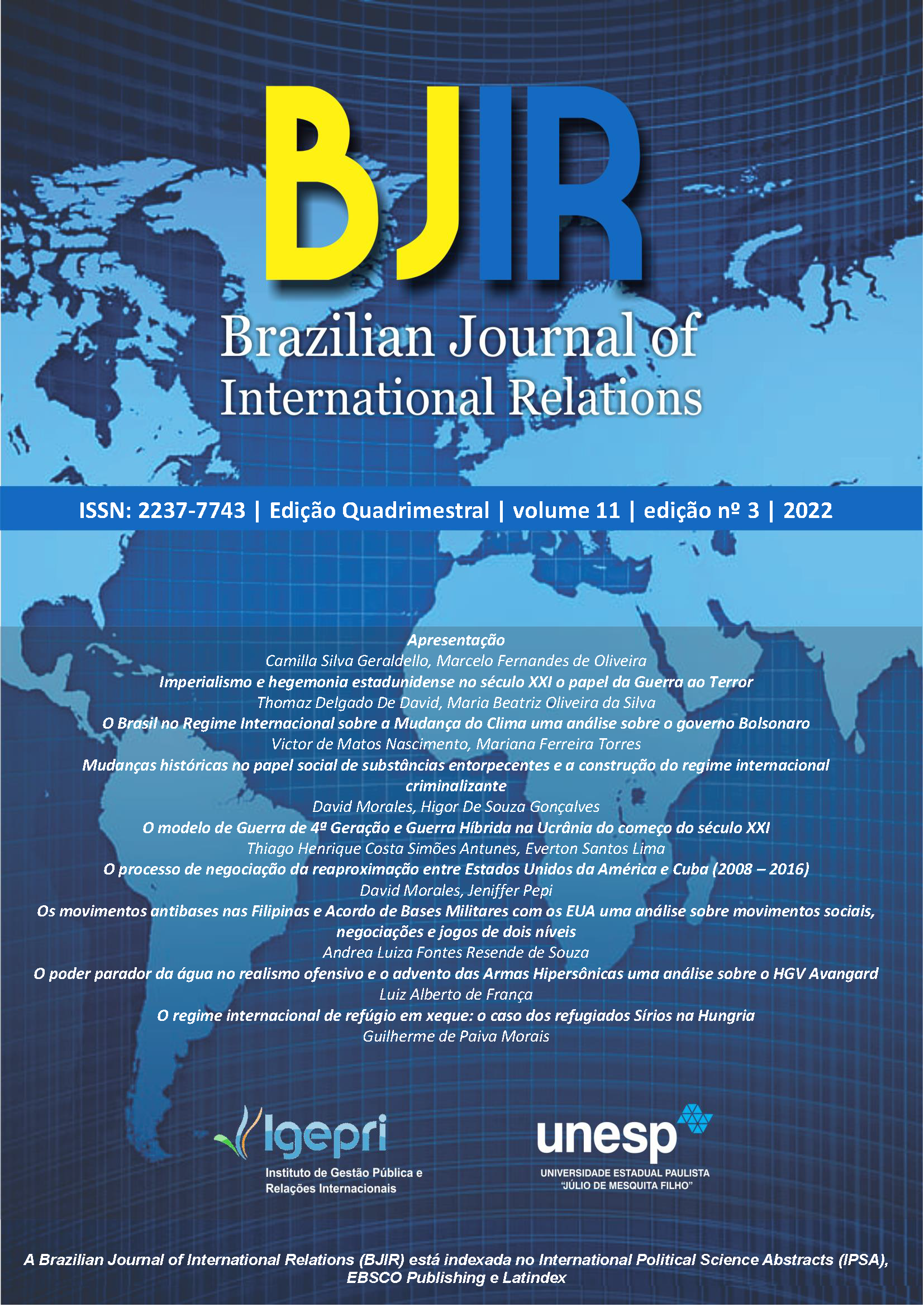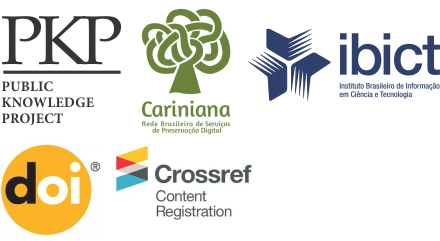O modelo de Guerra de 4ª Geração e Guerra Híbrida na Ucrânia do começo do século XXI
DOI:
https://doi.org/10.36311/2237-7743.2022.v11n3.p451-467Keywords:
Asymmetric combat; Non-linear warfare; Ukraine.Abstract
When scanning the trajectory of the “evolution” of the hegemonic ways of waging war, it appears that in contemporary times, there is an aberrant shift in relation to proportional progress with regard to the previous model. The warlike technological repertoire available, coupled with political and economic agendas, have reached levels and disastrous proportions never seen before. In this way, this article aims to clarify in an express way the association between the terms "4th Generation War" and "Hybrid War", in order to compare the disposition of the movements that animated the turbulences of the Ukrainian political-social environment, in the events of the Orange Revolution, the Euromaidan and the annexation of Crimea by Russia, understood from these two models. The research procedures adopted consist of a bibliographic review of works related to the theme, articles published in scientific journals and registered academic productions. In the outcome of the investigation, it was possible to identify the central role played by governments of other countries and international organizations conducted, above all through social media vehicles in the impetus of the revolutionary process, which, however, despite imposing significant changes in the territory, remained resigned to the rays of domination outlined by the attacking hegemonic actors.







